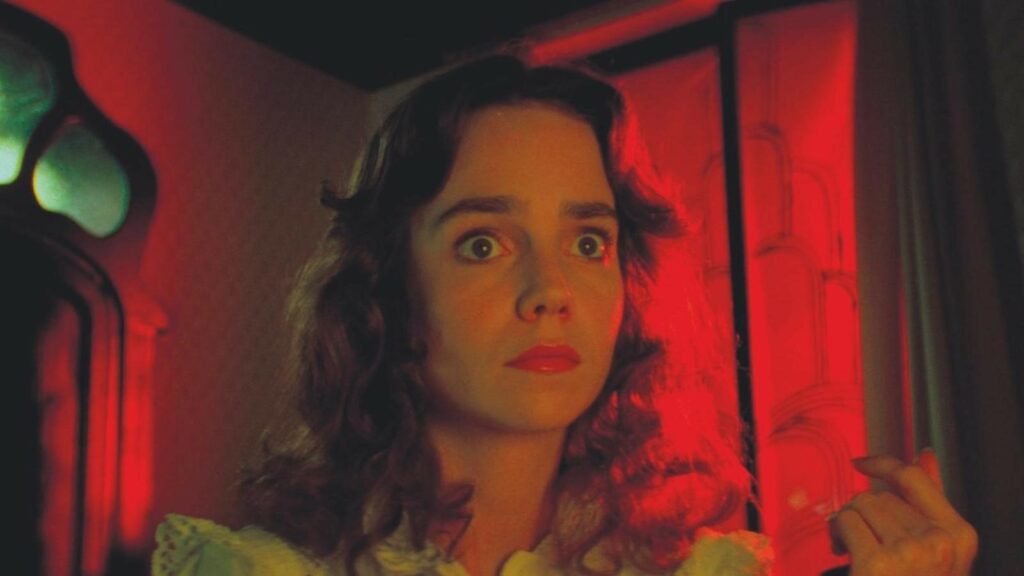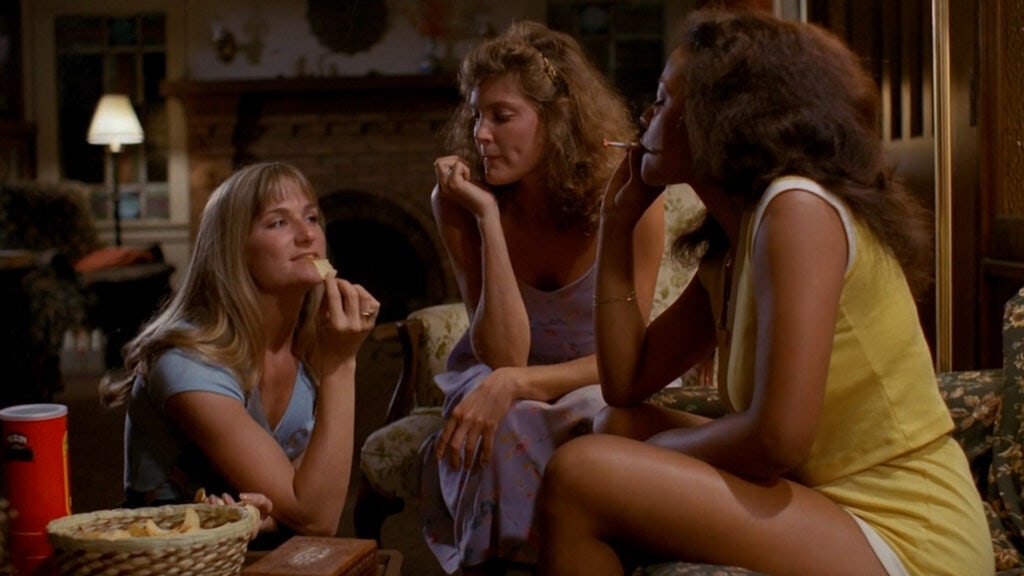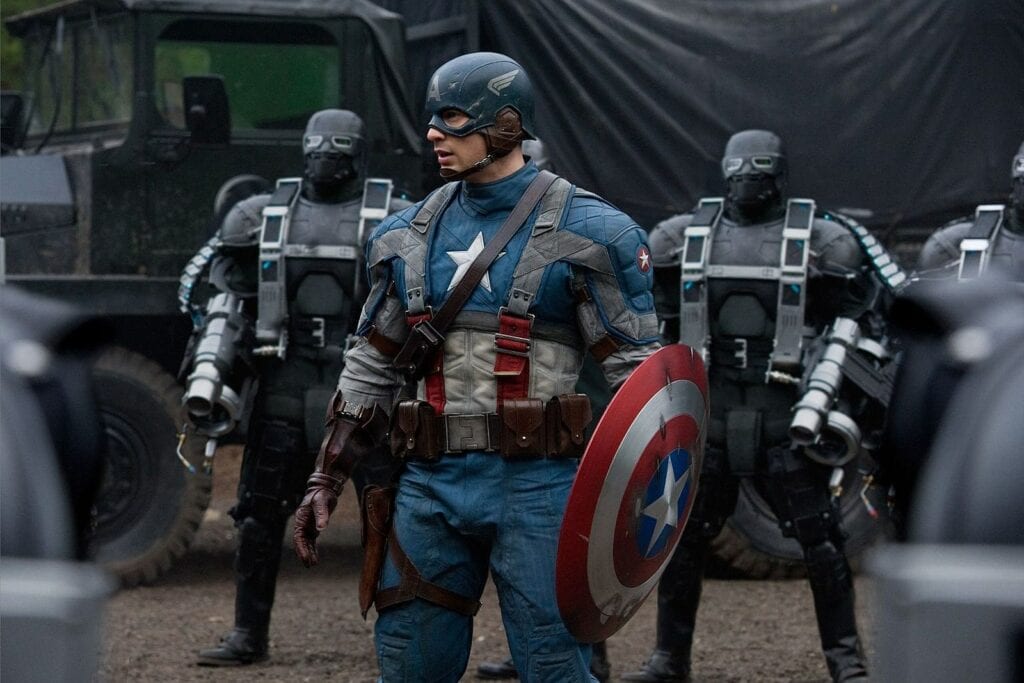Pedro Morelos works as a restoration artist at Duplitech, with a niche for restoring camp horror classics but has the breadth to be grading Marvel blockbusters. He tells Filmworkz why DVO Dry Clean is his go-to tool when cleaning up footage, how he finds humour in horror, and why dust busting is a bit like whac-a-mole.
IF RESTORATION WERE AN ARCADE GAME…
‘I had just moved to LA, was working in a costume shop that caters to TV shows, and I didn’t know what I was going to be doing there’. A roommate who was working at a colour correcting facility suggested an open position for dust busting at his company; ‘I just fell in love with it. I got really good at it, really fast, and started moving through the ranks there’.
‘I just really loved making sure that the film was pristine, going through it frame by frame. It almost became a game at a certain point because you’re going against the clock and you have to get through a certain amount of frames a day. You’re looking for these little specks of dirt that are popping up or hairs or whatever they are and get rid of them’. A bit like whac-a-mole? ‘Exactly’.
Lots of Pedro’s portfolio gravitates towards restorations of horror and ‘was really happy to found out that Duplitech caters to a niche market of cult classics’.

And if there was any horror movie he could get his hands on to restore? ‘Suspiria, for sure. It’s one I’m really hoping will show up, its very colourful and bright, very beautiful’.
IF YOU DON’T LAUGH YOU’LL CRY
What started off as a feminist parody of the slasher film, Slumber Party Massacre (1982) was eventually filmed as a traditional horror film, where a group of high school friends gather for a slumber party unaware there is an escaped power-drill-weilding killer on the loose.

Although it was ambiguously received when first shown, it has since attained a cult classic status, and has spawned several sequels, spin offs and a 2021 reimagining. But restoring the original was difficult: ‘there was a lot of stability issues, it was a tricky one. There were two versions we were restoring it from, including a previous attempt at restoration’.
‘The camera shake was terrible, and that can be from the scan itself or from the scanner, so we had to stabilise it. Then when we were doing the 4K, there was lots of speckling everywhere’.
Another restoration by Pedro of a horror classic is Piranha (1978), where a local river is infested by lethal, genetically altered piranha and attacks visitors at a nearby summer resort, and was the first in a series of low budget B-Movies inspired by the success of Spielberg’s Jaws (1975).

Like Slumber Party Massacre, Piranha’s plot borders on the comedic, with some pantomime-like performances coming across as camp and kitsch. ‘I absolutely think horror and comedy can work together – straight away I go to think of Shaun of the Dead (2004). Horror is great in itself to be scary but it’s also good to laugh and not take things so seriously’.
USING DVO DRY CLEAN TO FIX FOOTAGE
Restoring Piranha was a challenge too: ‘this film had lots of tine little white speckles that are very, very difficult to get manually, so luckily the DVO Dry Clean with Phoenix is an amazing tool to handle those specks’.
‘I would absolutely recommend Phoenix to other restoration artists – it’s a heck of a tool. It’s been my favourite software so far. It’s efficient, it offers a lot, so when you need the tools, they’re there’.
‘There’s just so much in there that has just made our workflow definitely a lot smoother and faster’.
35 of the best Emmy award-winning tools are available at Filmworkz (with more to come), with DVOs perfectly matched to any grading, correction, restoration or conversion challenge. You can start a free 14 day trial here.
HELPING OUT HOLLYWOOD
Before camp horror classics, Pedro was working on big blockbusters, from subtitling James Cameron’s Avatar (2009), to grading Marvel’s Captain America: The First Avenger (2011).
Part of Pedro’s team was tasked with subtitling the film in over 100 languages, and were against the clock to get it all done – ‘It was very special to be a part of something that became so big – that always gets people when I tell them I worked on that’.

Avatar was the highest grossing film of all time when it was released and was the first film to gross $2 billion, as well as winning 3 Academy Awards, and making way for the rise of 3D. James Cameron pioneered a boom in innovative CGI effects that were needed for the film – this was so crucial Cameron even delayed filming for ten years so that tech could catch up (a script was written in 1994 and originally expected to be filmed after Titanic’s release in 1997).
Marvel’s iconic logo also fell into Pedro’s realm of work, and recalls spending considerable time deciding on the correct tone of red. Additionally, he would set up the timelines for the colorist so they could color time the film or grade it, working off site on a facility in Santa Monica: ‘working with such big titles, there was a lot of pressure, so it just really felt like you were a part of this big production – everything about it was just so Hollywood’.


